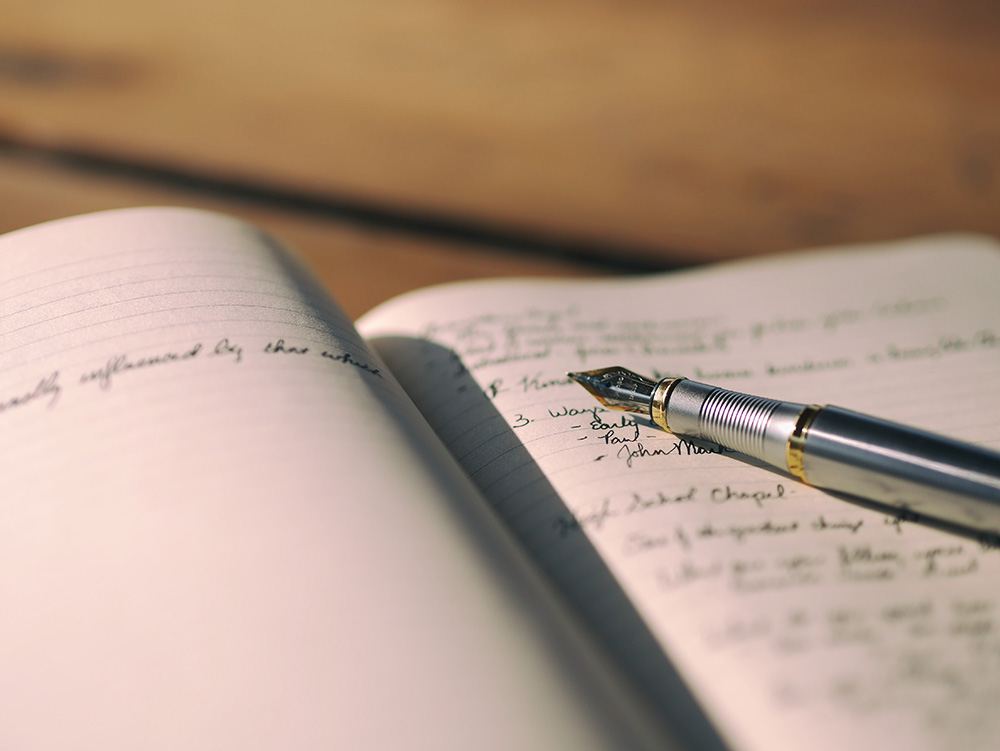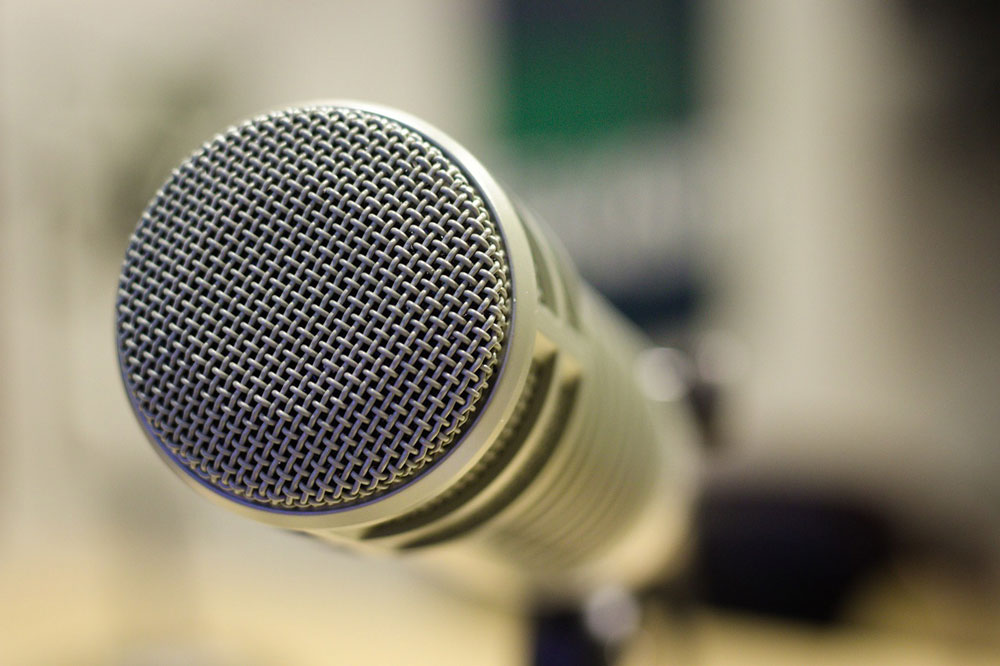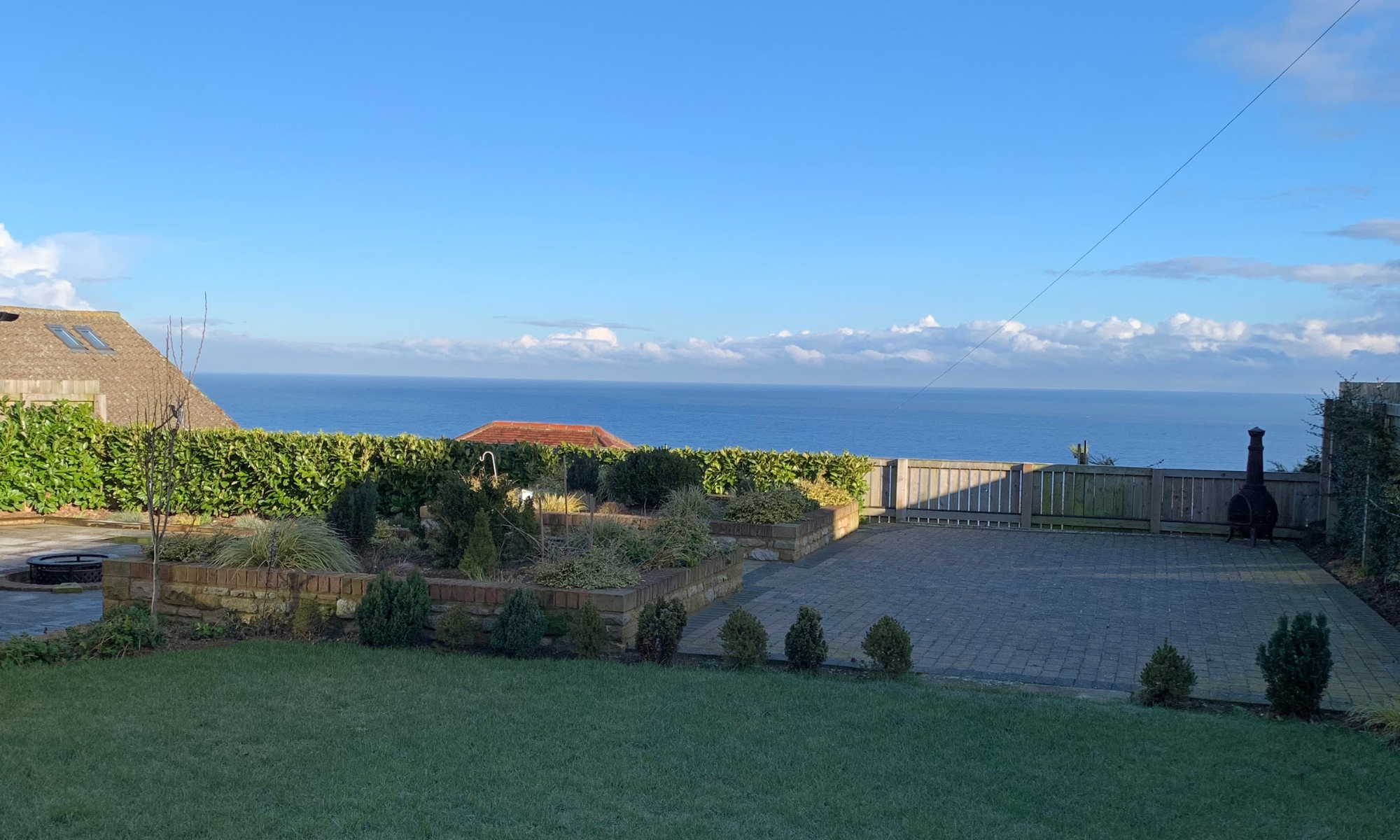Choosing the right journaling technique depends on your lifestyle and how you like to express yourself. Some people are more comfortable with artistic forms of expression, while others need different means and techniques. Do you know how you express yourself best? If not, try a one of these seven journaling techniques until something feels right to you. You know it’s right when you feel comforted, relaxed, and joyful after completing your daily journaling or looking at your past journals.

Here are seven journaling techniques that will make journaling more effective: lists, morning pages, bullet journaling, gratitude journaling, prompt journaling, voice journaling, and art journaling.
1. Lists: A great way to get started with journaling is simply making lists of things on your mind. This can be a list of things you need to do, things you’re grateful for, things that are stressing you out, or anything else on your mind. Getting these thoughts down on paper can help you to organize your thoughts and get a better handle on what’s going on in your life.
2. Morning pages: Morning pages are a journaling technique made popular by author Julia Cameron. The idea is to write three pages of stream-of-consciousness writing first thing in the morning. This helps you get your thoughts and feelings out on paper so you can start your day with a clean slate.
3. Bullet journaling: Bullet journaling is a type of journaling that uses short, concise sentences or bullet points to capture thoughts and ideas. This method allows you to track your thoughts and ideas without getting bogged down in too much detail.
4. Gratitude journaling: Another great way to use your journal is to focus on gratitude. Every day, write down a few things that you’re grateful for. This lets you shift your focus to the positive things in your life and is a fabulous and joy-filled way to start your day on a positive note.
5. Prompt journaling: If you’re struggling to come up with things to write about, prompt journaling can be a great solution. A popular method is to choose a word or phrase and then write about it for five minutes. The prompt helps you get your creative juices flowing and gives you a great starting point for your journaling session.
6. Voice journaling: Another effective journaling technique is voice journaling. This involves recording yourself talking about your thoughts and feelings on a recorder or smartphone. You can then listen to these recordings and transcribe them into your journal. This way to capture your thoughts and feelings more naturally works for people who dislike writing and don’t want to use other hands-on methods.

7. Art journaling: If you’re looking for a more creative outlet for your journaling, art journaling may be proper for you. This involves using your journal as a blank canvas and filling it with drawings, paintings, or collages. This can be a great way to express your creative side and therapeutic activity.
Any of these journaling techniques can work for you. It’s up to you to choose the type of journaling that will work best for your lifestyle and personal needs. Think about how you like to express yourself and choose a method that works with your lifestyle. Consider trying something new, too; you never know what will work until you try.
